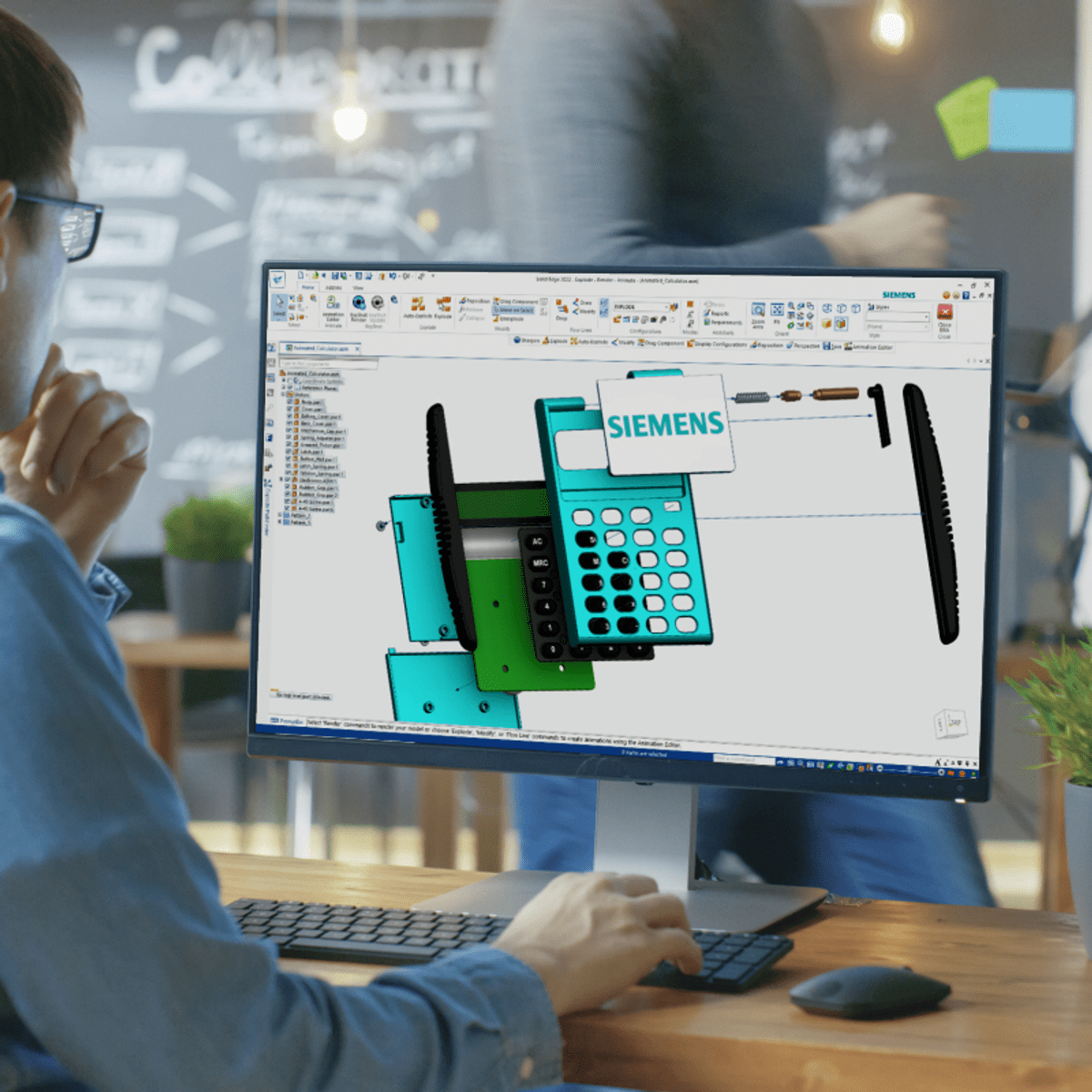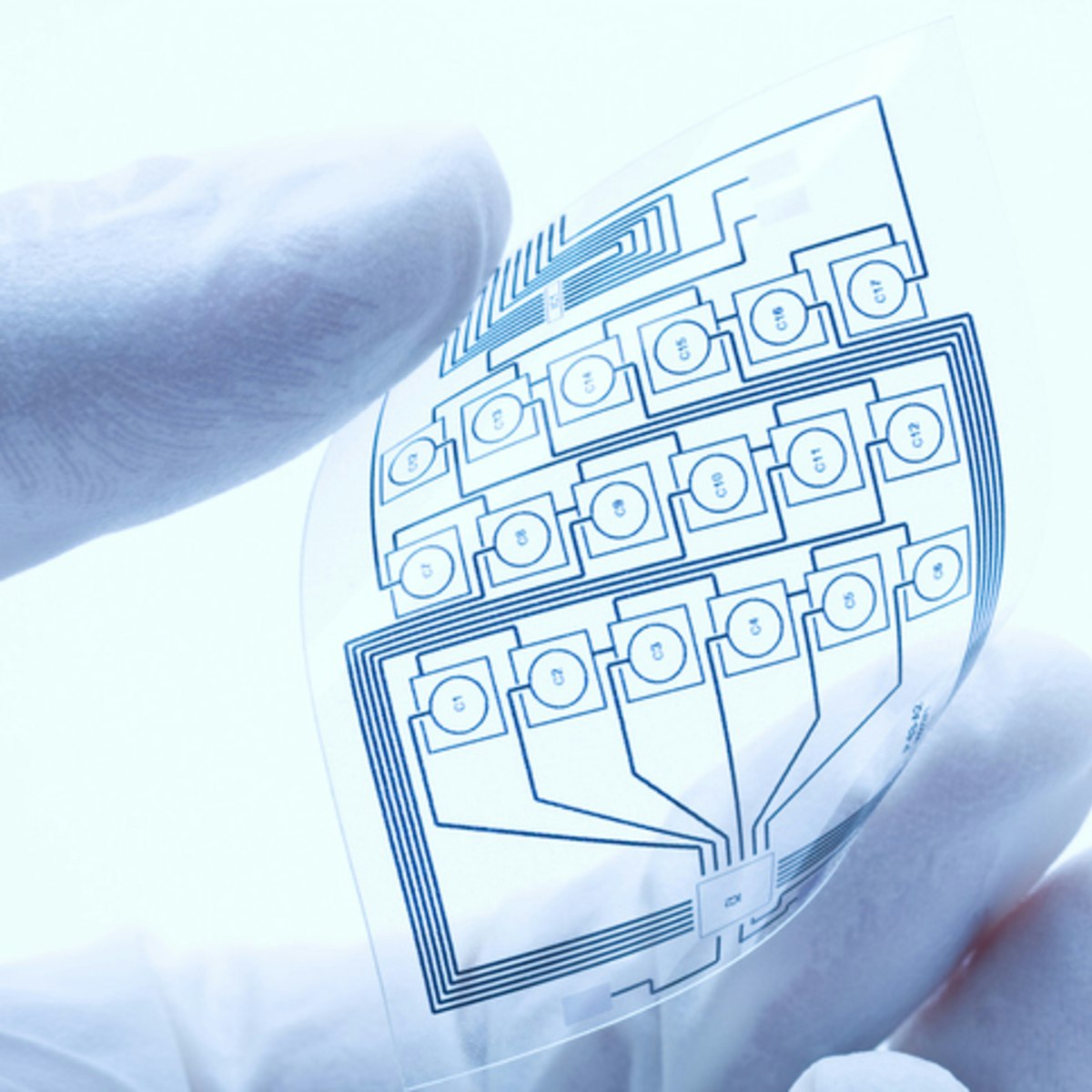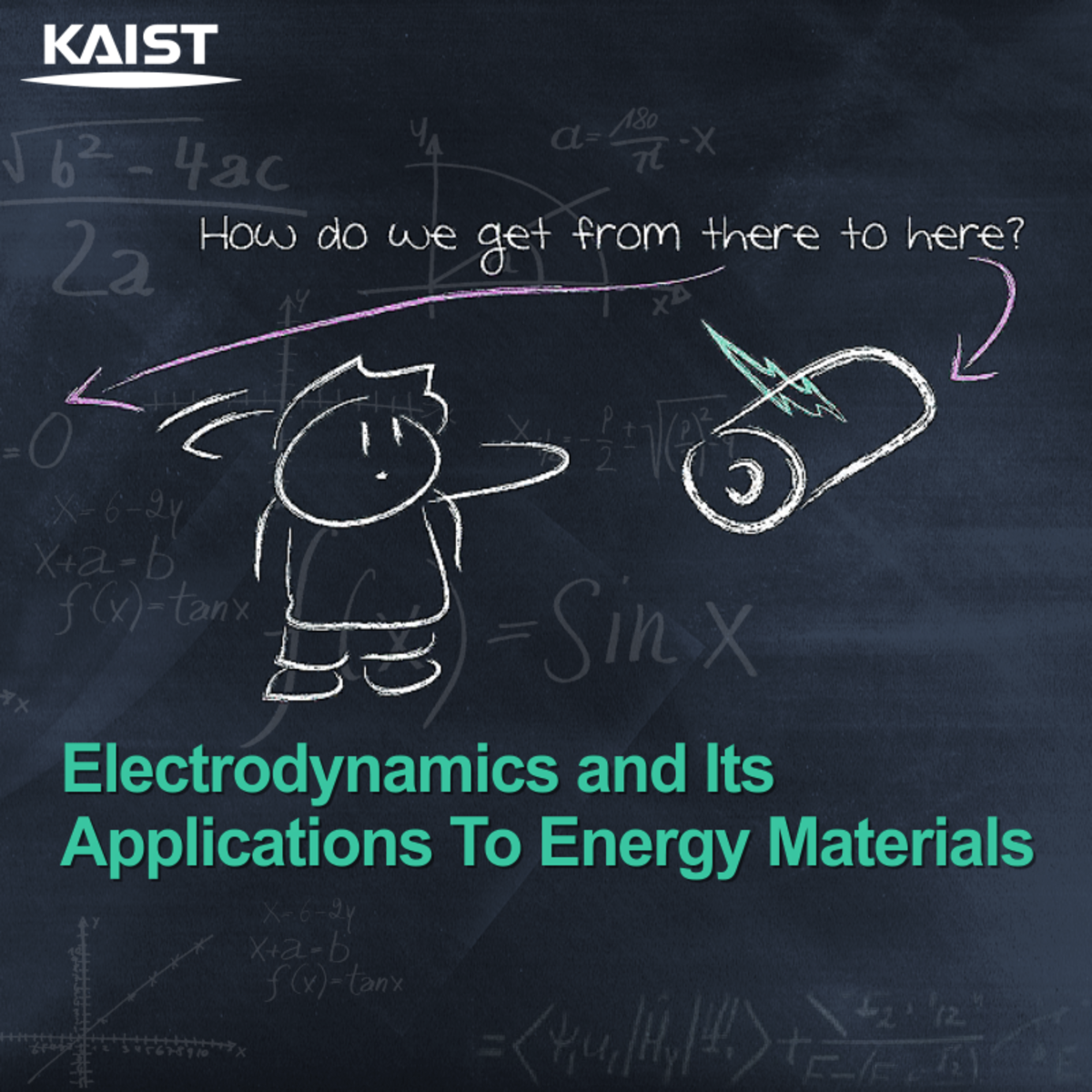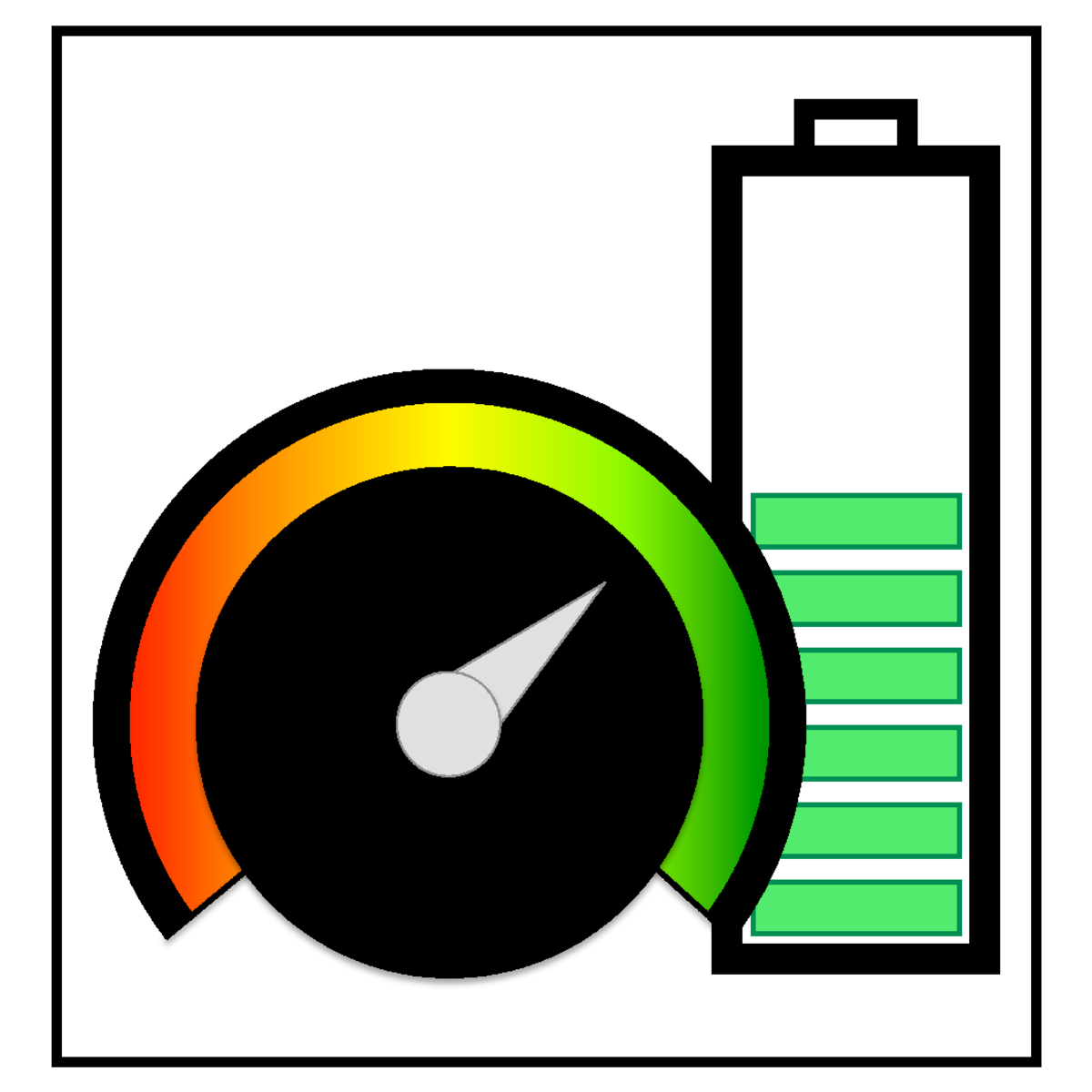Back to Courses









Electrical Engineering Courses - Page 7
Showing results 61-70 of 141

Internet of Things: Setting Up Your DragonBoard™ Development Platform
Do you want to develop skills to prototype mobile-enabled products using state-of-the-art technologies? In this course you will build a hardware and software development environment to guide your journey through the Internet of Things specialization courses. We will use the DragonBoard™ 410c single board computer (SBC).
This is the first in a series of courses where you will learn both the theory and get the hands-on development practice needed to prototype Internet of Things products. This course is suitable for a broad range of learners.
This course is for you if:
• You want to develop hands-on experience with mobile technologies and the Internet
• You want to pivot your career towards the design and development of Internet of Things enabled products
• You are an entrepreneur, innovator or member of a DIY community
Learning Goals:
After completing this course, you will be able to:
1. Configure at least one integrated development environment (IDE) for developing software.
2. Make use of git, adb and fastboot to flash multiple OS and repair bricked boards.
3. Install Android 5.1 (Lollipop) and Linux based on Ubuntu.
4. Create, compile and run a Hello World program.
5. Describe the DragonBoard™ 410c peripherals, I/O expansion capabilities, Compute (CPU and Graphics) capabilities, and Connectivity capabilities.

Introduction to Solid Edge
The Introduction to Siemens Solid Edge software will enable you to learn basic design concepts in both 2D and 3D environments using Computer-Aided Design (CAD) software. The concepts include 2D sketches, basic shapes, 3D models, and simple assemblies. You’ll gain experience using commands such as extrude, revolve, rounds, blend, and thinwall to more efficiently design solid models. Additionally, you’ll learn about drafting concepts such as detailing, drawing view, section cuts, and design intent. Finally, you will learn how to rapidly edit CAD files imported from other software applications. This course provides an introduction to Solid Edge that will also help you to prepare for the Solid Edge Mechanical Associate certification exam.
At the end of the course, you should be able to:
-Identify key Solid Edge Features.
-Recognize key principles of design with Solid Edge.
-Perform basic modeling concepts such as sketching, basic shapes, geometric relationships, and constraint.
-Identify basic 3D modeling concepts as well as best practices for more efficient modeling using concepts such as extrude, revolve, rounds, blend, and Thin Wall.
-Increase proficiency using Solid Edge features such as command finder, design intent, sketch plane, loft, and pattern features.
-Use essential skills for building and working with assemblies, such as how to open parts from assemblies, place paths, align, add motion, and work with assembly relationships.
-Identify how to edit in different Solid Edge environments such as drafting and increase efficiency working with imported data from other CAD software applications.
-Practice and prepare for the Solid Edge Associate Level Certification Exam.
This course has no formal prerequisites. Anybody with an interest in learning to use CAD software can take this course.
To successfully complete this course, you will download a free version of Solid Edge software and utilize the course files provided.

Interfacing with the Raspberry Pi
The Raspberry Pi uses a variety of input/output devices based on protocols such as HDMI, USB, and Ethernet to communicate with the outside world. In this class you will learn how to use these protocols with other external devices (sensors, motors, GPS, orientation, LCD screens etc.) to get your IoT device to interact with the real world. Most physical devices use analog signals; however computer hardware is digital so in this class you will learn how these signals are converted back-and-forth and how this must be considered as you program your device. The basic design of a sensor-actuator system will also be covered. You will also learn how to build more sophisticated hardware systems using Raspberry Pi expansion boards to create fun and exciting IoT devices. Please note that this course does not include discussion forums.

Differential Equations Part II Series Solutions
This introductory courses on (Ordinary) Differential Equations are mainly for the people, who need differential equations mostly for the practical use in their own fields. So we try to provide basic terminologies, concepts, and methods of solving various types of differential equations as well as a rudimentary but indispensable knowledge of the underlying theory and some related applications.
The prerequisites of the courses is one- or two- semester calculus course and some exposure to the elementary theory of matrices like determinants, Cramer’s Rule for solving linear systems of equations, eigenvalues and eigenvectors.

First Order Optical System Design
This course can also be taken for academic credit as ECEA 5600, part of CU Boulder’s Master of Science in Electrical Engineering degree.
Optical instruments are how we see the world, from corrective eyewear to medical endoscopes to cell phone cameras to orbiting telescopes. When you finish this course, you will be able to design, to first order, such optical systems with simple mathematical and graphical techniques. This first order design will allow you to develop the foundation needed to begin all optical design as well as the intuition needed to quickly address the feasibility of complicated designs during brainstorming meetings. You will learn how to enter these designs into an industry-standard design tool, OpticStudio by Zemax, to analyze and improve performance with powerful automatic optimization methods.

Recent Advances in Freeform Electronics
In this course, the learners will understand fundamental basic backgrounds of p-n junctions, diodes and MOSFETs (Metal Oxide Semiconductor Field Effect Transistors). Also, recent approaches on flexible / stretchable electronics, transparent optoelectronics, and printed electronics using one dimensional or two dimensional nanomaterials will be introduced. Furthermore, the formation of high-performance, transparent thin films or conductors using novel materials such as cellulose nanofibers or metal nanofibers is included for course materials. Examples of device fabrications, including touch screen panels, gas / chemical / bio sensors, smart contact lenses, wireless and transparent antennas, and OLEDs, are also introduced for next generation electronic devices.

Electrodynamics: Analysis of Electric Fields
This course is a continuation of Electrodynamics: An Introduction. Here, we will cover different methods of calculating an electric field. In addition, we will introduce polarization, dielectrics, and how electric fields create dipoles.
Learners will
• Be able to apply symmetry and other tools to calculate the electric field.
• Understand what susceptibility, polarization, and dipoles are.
Additionally, students will learn to visualize Maxwell equations in order to apply the derived mathematics to other fields, such as heat/mass diffusion and meso-scale electromechanical properties, and to create patents that could lead to potential innovations in energy storage and harvesting. The approach taken in this course complements traditional approaches, covering a fairly complete treatment of the physics of electricity and magnetism, and adds Feynman’s unique and vital approach to grasping a picture of the physical universe. Furthermore, this course uniquely provides the link between the knowledge of electrodynamics and its practical applications to research in materials science, information technology, electrical engineering, chemistry, chemical engineering, energy storage, energy harvesting, and other materials related fields.

Battery State-of-Charge (SOC) Estimation
This course can also be taken for academic credit as ECEA 5732, part of CU Boulder’s Master of Science in Electrical Engineering degree.
In this course, you will learn how to implement different state-of-charge estimation methods and to evaluate their relative merits. By the end of the course, you will be able to:
- Implement simple voltage-based and current-based state-of-charge estimators and understand their limitations
- Explain the purpose of each step in the sequential-probabilistic-inference solution
- Execute provided Octave/MATLAB script for a linear Kalman filter and evaluate results
- Execute provided Octave/MATLAB script for state-of-charge estimation using an extended Kalman filter on lab-test data and evaluate results
- Execute provided Octave/MATLAB script for state-of-charge estimation using a sigma-point Kalman filter on lab-test data and evaluate results
- Implement method to detect and discard faulty voltage-sensor measurements

Internet of Things: How did we get here?
It is hard to imagine life without your Smartphone – you have come to rely on it so much – for your work; to stay in touch with family and friends; to capture and share those special moments; to find your way around in a new neighborhood. Did you ever wonder how and when all this happened? Or how and when GPS sensors came to be in your cell phone?
In this course, we will explore the convergence of multiple disciplines leading to todays’ Smartphones. You will learn about the birth and evolution of Telephony Networks, Broadcast Networks (TV and Radio) and Consumer Electronics. We will discuss the impact of Internet, (multimedia) content, smartphones and apps on everyday lives. We will then look at how this emerging platform called the Internet of Things – wherein billions and trillions of devices communicating with each other and “the cloud” – could enable unprecedented, innovative products and services. Take this course if you want to understand what great new advances in mobile-enabled products will be coming our way!
Learning Goals: This course provides a core grounding in how science and technology have developed to enable the Internet of Things – in a way appropriate for any learner. For those interested in developing further hands-on expertise in designing and developing for the Internet of Things, this course will provide a context to the discoveries and converging technologies that will springboard the next round of innovations. After completing this course, you will be able to:
1. Compare how the telephone system works (that is, peer-to-peer networks) with how media delivery works (that is, broadcast/multicast networks).
2. Explain the tradeoffs between circuit switched networks (that is, dedicated resources) and packet switched networks (that is, shared resources).
3. Tell interesting stories about key innovations that transformed the communications, entertainment and consumer electronics industries.
4. Explain how email, YouTube, SMS, etc. work.
5. Find resources for those wishing to do more of a “deep-dive” into the above topics.

Fundamentals of particle accelerator technology (NPAP MOOC)
Did you know that particle accelerators play an important role in many functions of todays society and that there are over 30 000 accelerators in operation worldwide? A few examples are accelerators for radiotherapy which are the largest application of accelerators, altogether with more than 11000 accelerators worldwide. These accelerators range from very compact electron linear accelerators with a length of only about 1 m to large carbon ion synchrotrons with a circumference of more than 50 m and a huge rotating carbon ion gantry with a weight of 600 tons!
There are also a growing number of synchrotron light sources in the world. The light in these sources are created by electrons that are accelerated to almost the speed of light. This light can reveal the molecular structures of materials and also take x-ray pictures of the inner structure of objects. Synchrotron light sources are very important in life sciences, material sciences and chemistry. Another type of accelerators are used in spallation sources, like the European Spallation Source in Lund, Sweden. Here protons are accelerated to very large energies. They produce neutrons when they are smashed into a disc of tungsten. These neutrons are used for finding the inner structure of objects and atomic structures of materials. Finally there are many accelerators for basic physics, like the large hadron collider in Cern.
This course takes you on a journey through the technologies used in particle accelerators: The microwave system which produce the electromagnetic waves that accelerate particles; The magnet technology for the magnets that guide and focus the beam of particles; The monitoring systems that determine the quality of the beam of particles; Finally the vacuum systems that create ultra high vacuum so that the accelerated particles do not collide with molecules and atoms. Exciting right!
The course is graded through quizzes, one for each of the four modules. Throughout the course there are also a number of training quizzes to offer you support. The four modules in the course are: RF-systems, Magnet technology, Beam diagnostics, and Vacuum techniques. In total there are 48 lectures, where each lecture is a 2-4 minutes long video presentation. Some of the lectures are followed by short texts with complementary information and all will hopefully be an exciting collection for you to engage with.
Have fun!
Popular Internships and Jobs by Categories
Find Jobs & Internships
Browse
© 2024 BoostGrad | All rights reserved